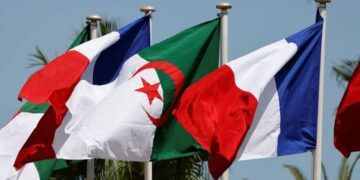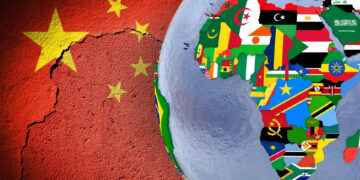By John Ikani
The World Bank has lowered its forecast for sub-Saharan Africa’s economic growth this year to 3% from 3.4%. The primary reason for this decline is the devastating civil war in Sudan, which has severely impacted the country’s economy.
Despite this, the region is still projected to experience growth exceeding last year’s 2.4%, driven by increased spending from individuals and businesses. The “Africa’s Pulse” report outlines this outlook.
Andrew Dabalen, the World Bank’s chief economist for Africa, stated that the region’s recovery is gradual, but inflation is decreasing in numerous countries. This suggests that governments may be able to reduce high interest rates.
The report also highlights the risks to growth posed by conflicts and natural disasters such as droughts and floods. In the absence of the war in Sudan, the region’s growth next year could have been 0.5% higher.
South Africa, the region’s most developed country, is anticipated to grow by 1.1% this year and 1.6% by 2025. Nigeria’s economy is predicted to expand by 3.3% this year, increasing to 3.6% in 2025. Kenya is expected to achieve a growth rate of 5% this year.
Between 2000 and 2014, sub-Saharan Africa experienced robust growth at an average of 5.3%, but this pace slowed down following a decline in commodity prices and the exacerbation of the COVID-19 pandemic.
Many countries in the region are grappling with high debt levels, hindering their ability to invest in their economies. Dabalen warned that the continuation of this trend could have catastrophic consequences. He emphasized the urgent need for Africa to attract significantly more investment to accelerate its recovery and reduce poverty.
Debt is a major concern, particularly in countries like Kenya, which witnessed violent protests earlier this year over higher taxes. Governments have been borrowing money at higher interest rates instead of securing cheaper loans, resulting in substantial debt payments.



































